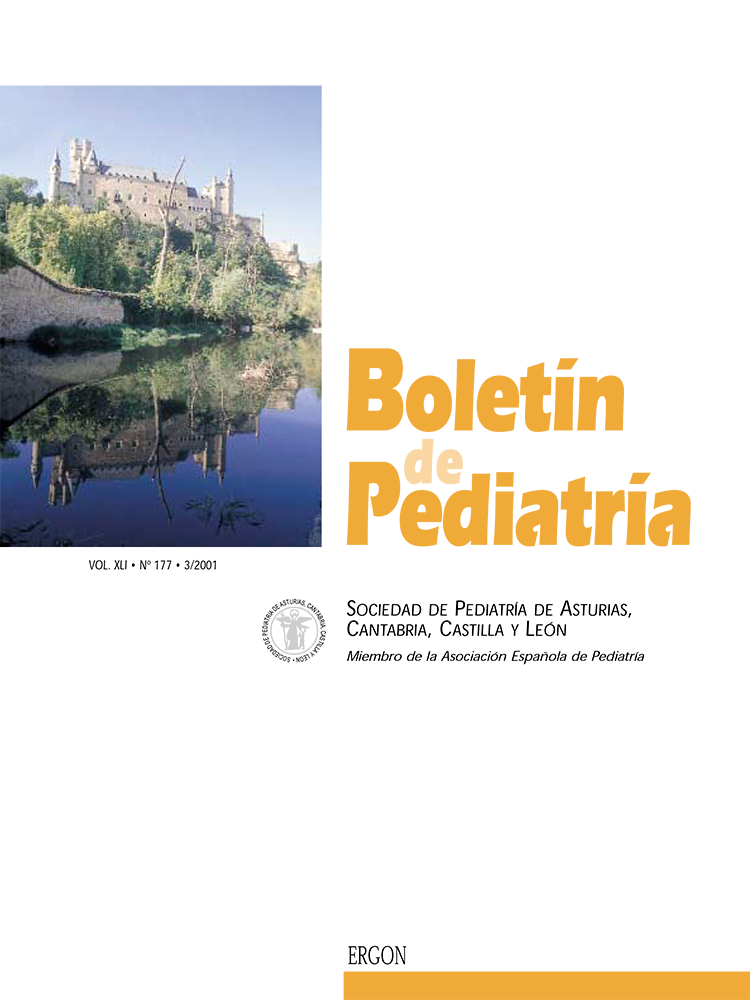Abstract
Abstract The clinical case of a 5 year old girl with total absence of language, hyperactivity and paroxystic episodes compatible with partial complex epileptic seizures with oropharyngeal utomatism is described. In the wakefulness EEG spikes and bifrontal spike-wave complexes are observed and in the EEG video, during physiological sleep, generalized continuous activity of the spike-wave complex is observed, especially during slow sleep (phases III-IV), confirming the diagnosis of acquired epileptic aphasia. In this syndrome, verbal auditory agnosia and epilepsy are associated, the diagnosis being confirmed with the finding of continuous spike-wave in the EEG during more than 80% of the slow sleep. The evolution is unfavorable, because serious behavior disorders and cognitive involvement are associated and due to the resistance of this electroclinical picture to all types of treatment. The interest of this clinical case is found in the confirmation of the spectacular remission of her symptoms when valproate and etosuximide were combined, a therapeutic regime that we have previously described.

This work is licensed under a Creative Commons Attribution-NonCommercial 4.0 International License.
Copyright (c) 2001 Boletín de Pediatría
